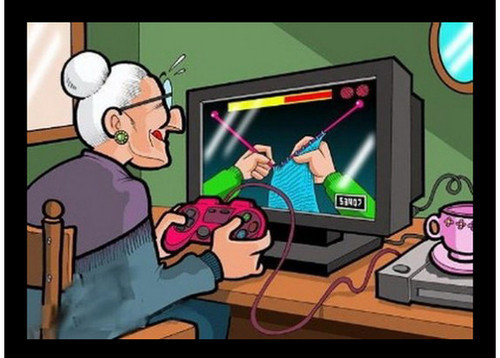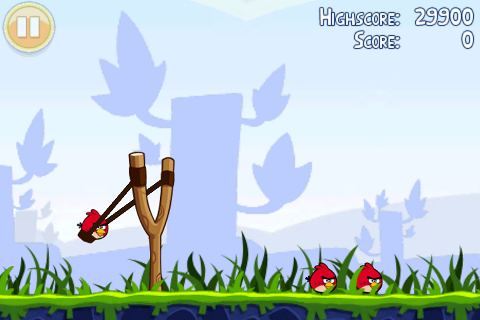[GUEST POST] Gamification is Old

Mark Schreiber
Guest Writer
Disclaimer: Guest posts represent the diversity of opinion within the world of gamification, and the views and opinions expressed in guest articles are those of the author.

A lot of people in the gaming universe act as if the world began in 1972, when the gods of Atari released Pong. One can read entire threads on the subject of gaming without finding a reference that pre-dates our infant millennium. Even our own timeline at our offices at GameMaki only goes back two years!
But games aren’t created in a Galactic Quadrant vacuum. Developers of virtual worlds borrow their metaphors from the real world. Castles, kings, quests and almost everything else we encounter in video or digital games references reality, or the imagination of people whose creations, such as zombies. vampires and aliens, first inhabited other creative arts, such as drama, poetry and opera. Pong itself was modeled after ping pong. And a Near-Eastern kid named David wielded the slingshot a lot better than your mother ever will on Angry Birds.

So I think it’s disingenuous when game developers complain that gamification borrows their precious game elements and mechanics for commercial purposes. Not because it doesn’t borrow them, but because they have no right to complain. After all, I’m sure a lot of these critics enjoyed the toys and books (and games!) that were derived from Star Wars solely to make money.
The relationship between games and gamification is no different from the relationship between many creative and commercial endeavors, such as novelizations of blockbuster films or the reprinting of filmed books. Ken Kesey was appalled when Signet put a picture of Jack Nicholson on the cover of his novel One Flew Over the Cuckoo’s Nest. It was a film element artificially plastered on to literature. But so what? It happens all the time.
So why are so many game developers crying foul? Because they see their craft cheapened by a superficial application of their tools. (Although it’s hard for me to think of anything more superficial than serially stealing cars in a gamified Los Angeles or playing “Love in an Elevator” on a gamified guitar .) Of course gamification often suffers from being superficial, poorly designed or exploitive. But this is true of games, of toys, of sculpture, of fashion – of everything.
But the main problem is that these developers mistakenly believe that because the digital world is new, the metaphors and components in their toolkit are also new. But gamification is not a patch (I won’t say badge!) grafted on to real games, but a creative process consonant with games, as old as games, if not older.
Back then it just wasn’t played out in the digital world. And it wasn’t called “gamification.”
The Greeks called it “pathos.” Suffering, experience.
If there’s a better level-up than the twelve labors of Hercules, I’d like to know.
Published on 24 May, 2012
This post was contributed by Mark Schreiber, guest writer
Mark Schreiber is a full time novelist since graduating high school at the age of 15. He also engineered his sister’s bestselling writing career and started and run several businesses, including a solo medical practice. He’s currently interested in technological entrepreneurship in Singapore and Silicon Valley.
Mark Schreiber is a full time novelist since graduating high school at the age of 15. He also engineered his sister’s bestselling writing career and started and run several businesses, including a solo medical practice. He’s currently interested in technological entrepreneurship in Singapore and Silicon Valley.
